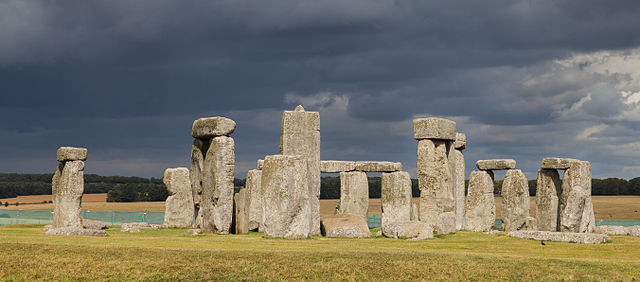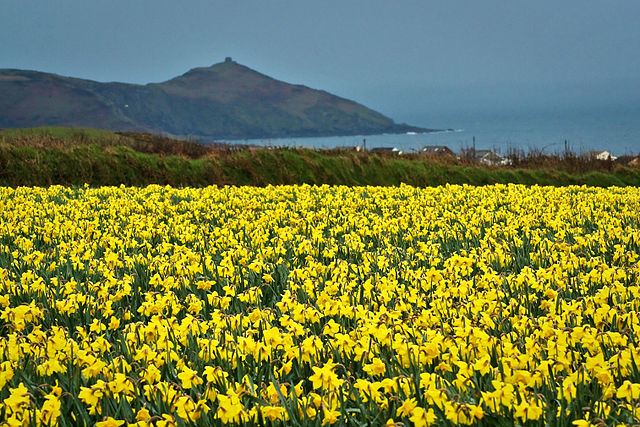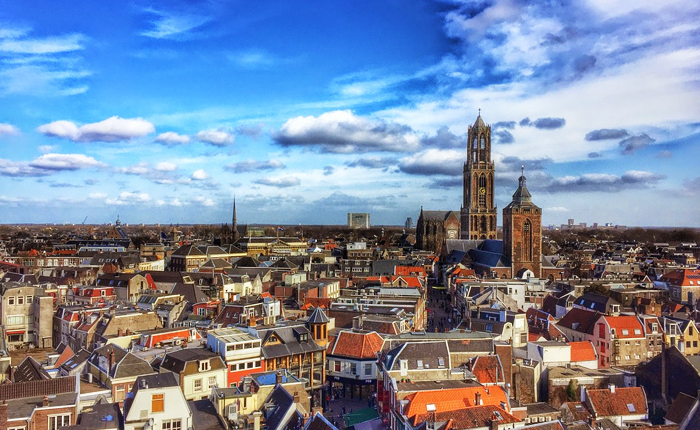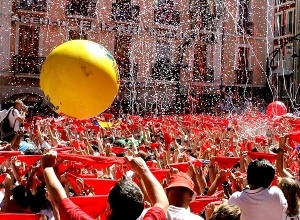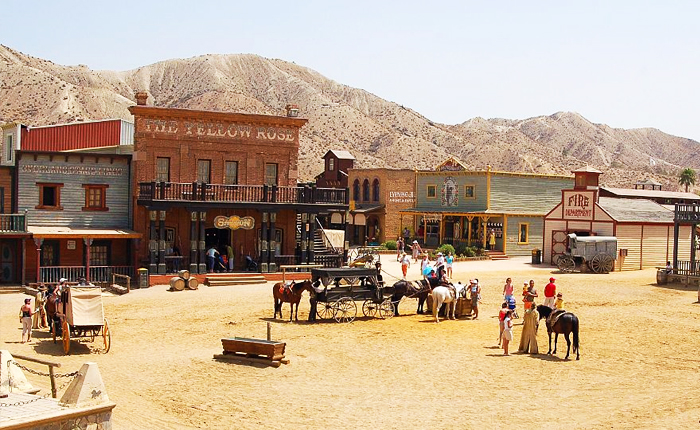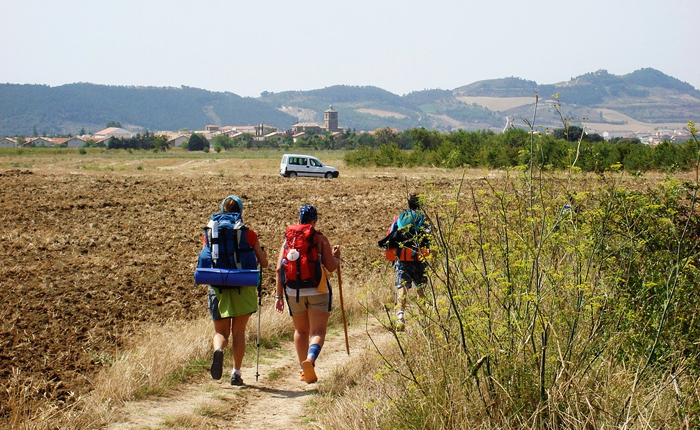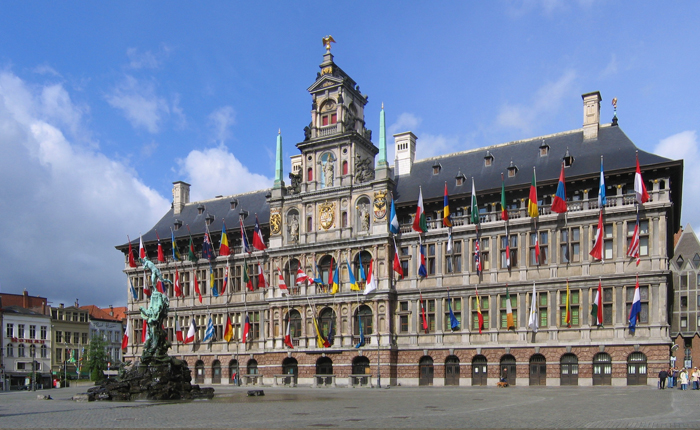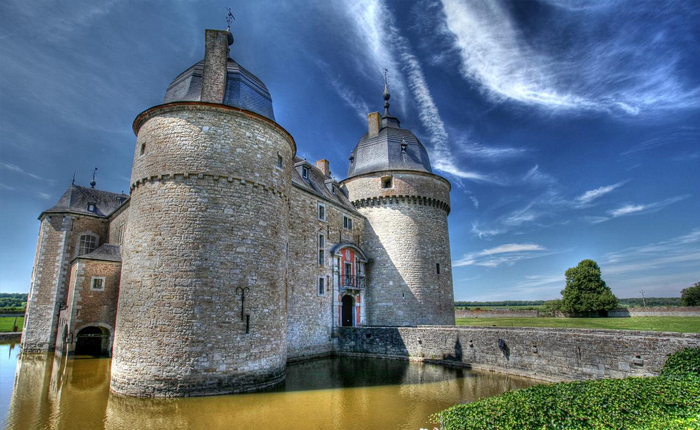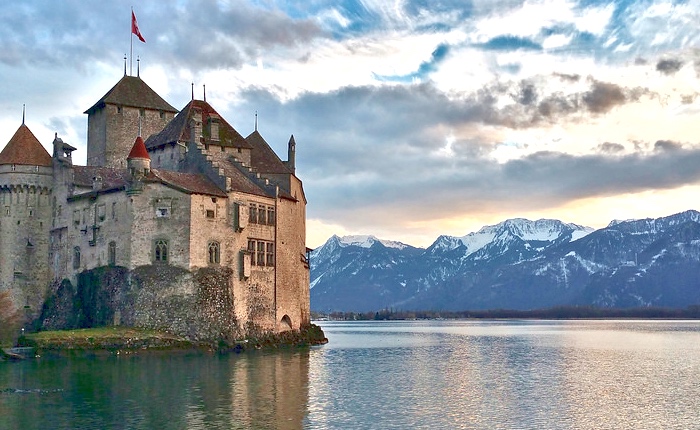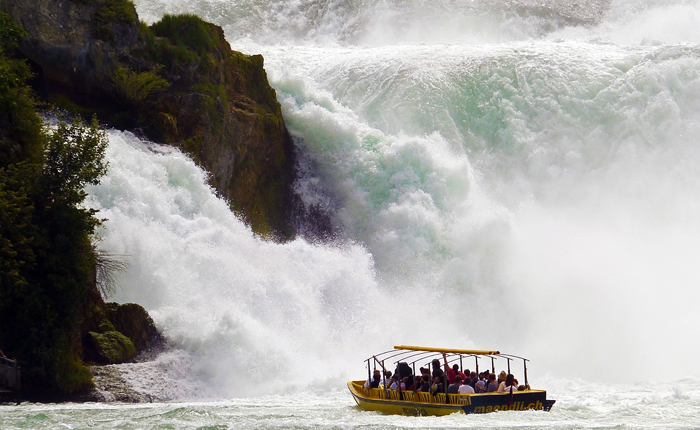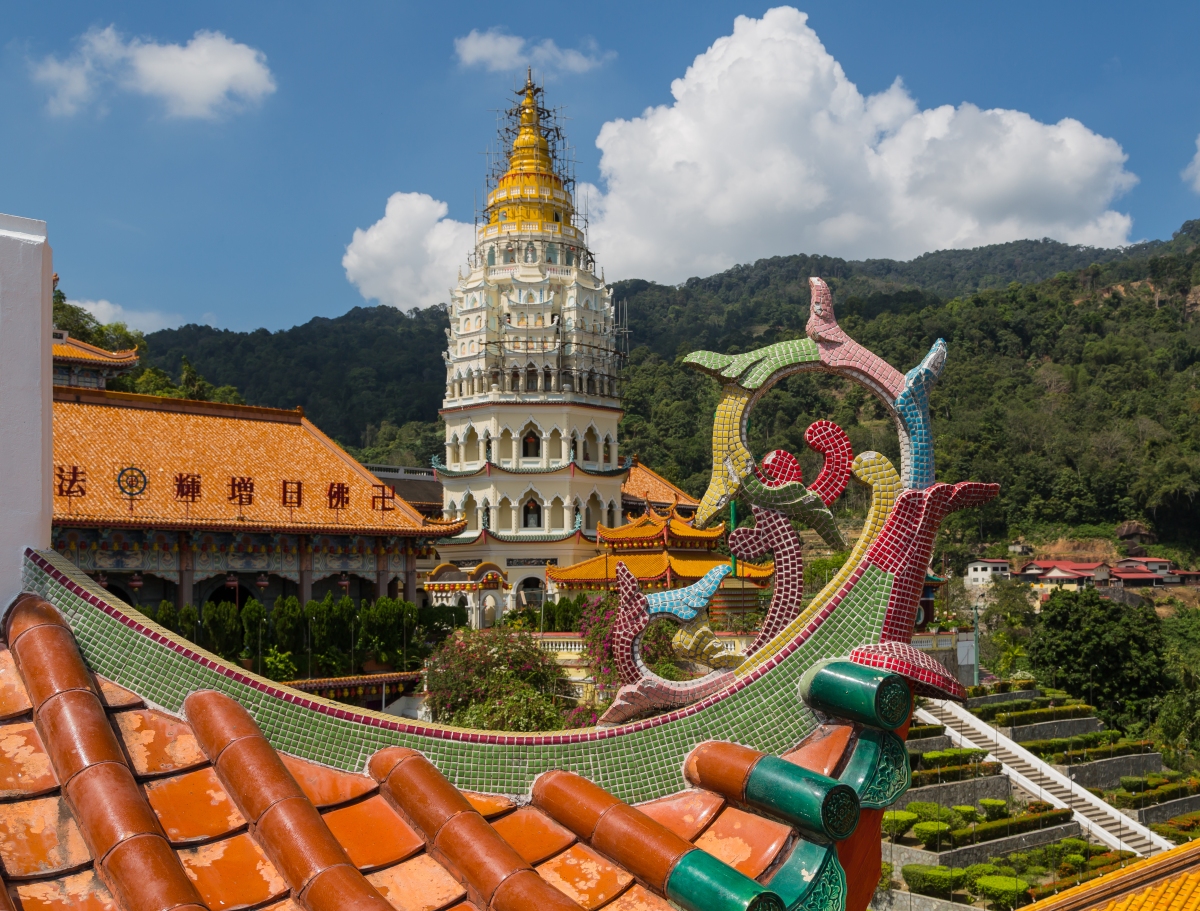Top visit Beaches in the Virgin Islands
Magens Bay Beach, St. Thomas
One of the most beloved beaches in the Virgin Islands, Magens Bay Beach boasts the crown jewel of stunning views. Located on St. Thomas, Magens Bay is a heart shaped beach with beautiful white sand and crystal clear waters. A one-mile stretch of paradise, this small area boasts a water sports booth where you can rent a variety of paddle boats and kayaks in addition to beach chairs, floats and snorkel gear. Perfect for families and swimmers of all skill levels, here beach goers will find warm, calm waters that are excellent for a day of floating and swimming. Ideal for when it’s time to refuel, the area also has a bar and restaurant that serves a range of casual fare and snacks. Magens Bay Beach, St. Thomas
Magens Bay Beach, St. Thomas
Trunk Bay, St. John
Often considered one of the best beaches in the Caribbean, Trunk Bay on St. John boasts pristine pearly sand and sparkling turquoise waters. Nestled near the Virgin Islands National Park, here beachgoers will find a serene ambiance perfect for soaking in the sunshine and gorgeous landscape. The area is known for its Underwater Trail, a 650-foot snorkeling path of colorful and diverse coral fish where even young snorkelers will enjoy catching a glimpse of the vibrant array of fish. Whether you’re sunbathing, trying your hand at underwater photography or exploring the nearby park, Trunk Bay is a must stop on your Virgin Island itinerary. Snorkeling gear can be found on the beach, in addition to well-maintained facilities and chair rentals. Trunk Bay, St. John
Trunk Bay, St. John
The Baths, Virgin Gorda
One of the most famous beach destinations in the world, The Baths in Virgin Gorda boasts an impressive cave system in addition to its pristine beach area. Here visitors will find a series of otherworldly mazes and steps, with rope handrails that guide you through a unique trail through colorful coves and boulders, from the Devil’s Bay beach to The Baths. Considered a must-see attraction in the British Virgin Islands archipelago, travelers will want to swim through crystalline waters through the variety of breathtaking crevices and grottoes to find a laid-back beach area with shallow waters perfect for a day of sunbathing and light snorkeling. The Baths, Virgin Gorda
The Baths, Virgin Gorda
White Bay, Jost Van Dyke
Nestled on the southern end of Jost Van Dyke, White Bay is a pristine beach that combines soft sands lined with beach bars consistently buzzing with activity. Here you’ll find independent yachts and boats docking in the water, where passengers are then encouraged to hop out and swim to shore. A perfect beach for those looking to unwind with a refreshing tropical cocktail in hand, White Bay offers beachgoers plenty of room to relax with their towels and chairs for a day of sunbathing. Beachgoers who are interested in exploring the lively area of the beach, however, can visit one of the many famous beach bars, including the Soggy Dollar bar where you’ll have the opportunity to taste the popular painkiller cocktail that is rumored to have originated on Jost Van Dyke. White Bay, Jost Van Dyke
White Bay, Jost Van Dyke
Smuggler’s Cove, Tortola
Less crowded than other beaches in the British Virgin Islands, Smuggler’s Cove in Tortola is ideal for beachgoers who are looking for a tranquil beach experience away from it all. Shade is easy to come by, as you’ll find that this soft sand beach is lined with an abundance of swaying palm trees that are make soaking in the salty ocean breeze an ideal activity. You’ll have little to gaze at but the gorgeous horizon, where swimming enthusiasts will find themselves in the perfect location to explore the colorful fish and coral in the calm, bright turquoise waters. The gentle waters pair perfectly with the serene surroundings, where you’ll only find one snack bar in this northwest side of Tortola. Smuggler’s Cove, Tortola
Smuggler’s Cove, Tortola
Cane Garden Bay, Tortola
Considered a vibrant area in the British Virgin Islands, Cane Garden Bay in Tortola is a mix of quiet beaches and lively nightlife. Located in the northeastern part of the island, Cane Garden Bay is a favorite for water sports enthusiasts, as you’ll find a wealth of the typical water-based activities here. Renting a boat or kayak is popular daytime activity in addition to indulging in the top-notch swimming and snorkeling available along the shore. Visitors to Cane Garden Bay will find low-key restaurants and bars peppered throughout the area, offering fresh cuisine and local specialties. A perfect area to explore the vibrant variety of nightlife and cuisine of the Virgin Islands, after dark visitors here can soak in the sounds of live island music booming from the open-air beach bars. Cane Garden Bay, Tortola
Cane Garden Bay, Tortola
Anegada Island
Located just 15 miles north of Virgin Gorda and part of the British Virgin Islands, Anegada Island boasts miles and the 18-mile long Horseshoe Reef, the largest coral reef in the Caribbean and the fourth largest in the world. Considered a scuba divers and snorkelers dream, here visitors will delight in the amazing reef mazes and tunnels in the area that lead to an abundance of exotic underwater marine life to explore. Visitors who prefer to keep their feet firmly on the white sandy beaches will also find an abundance of calm and quiet shores to relax on.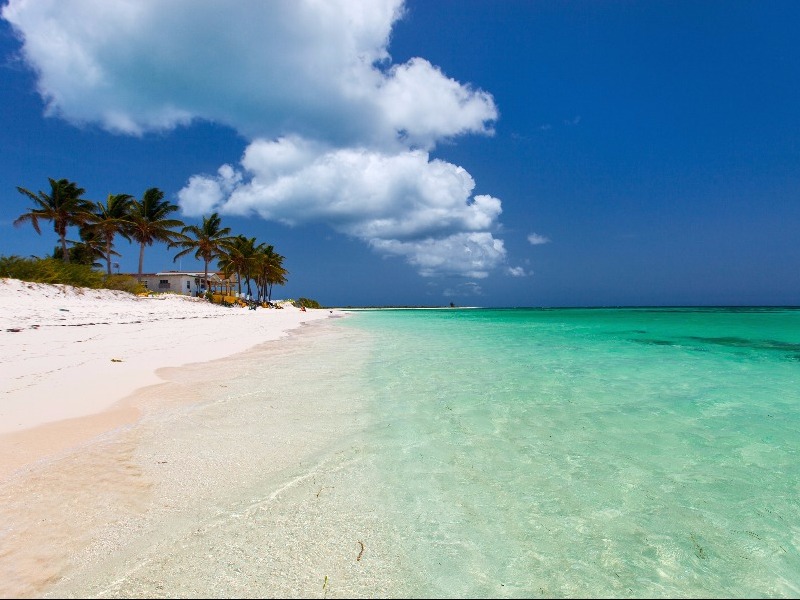 Anegada Island
Anegada Island


